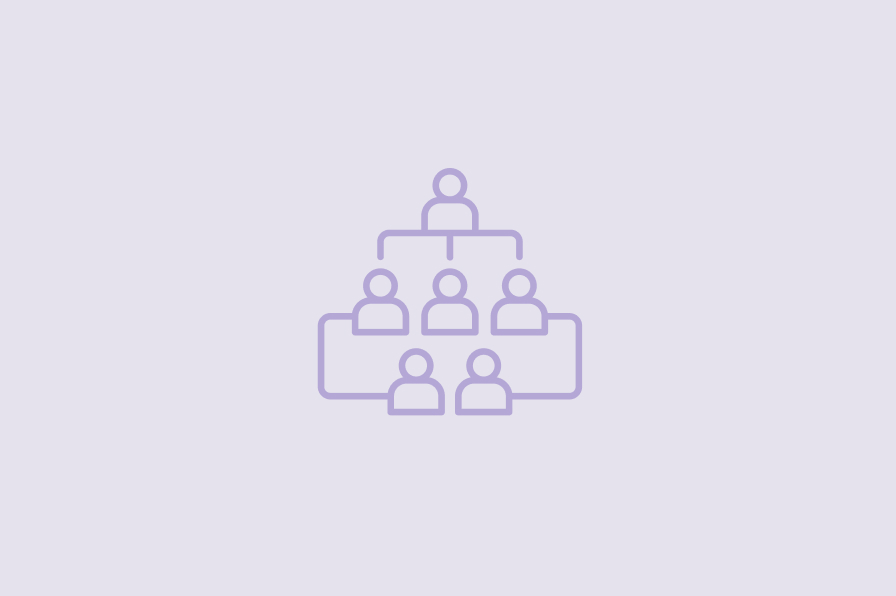

Today’s workplace, like most things in our world, is changing and evolving at a faster pace than ever before. One specific area of today’s modern workplace that has significantly shifted is employee expectations. As the leader of the people function at a PEO that is also a small-to-midsize employers itself, I find myself in a unique position to not just observe the shift in employee expectations but to actively participate and respond to these shifts internally. The dual role many PEOs play as both a service provider and an employer gives us a unique perspective to address these changes in the workplace and to lead by example with our clients.
THE CHANGING LANDSCAPE OF EMPLOYEE EXPECTATIONS
Over the past few years, there has been a significant change in how employees view their relationship with their work, their employer and their direct manager. Several trends have emerged, and employers need to be prepared to meet the needs of the modern workforce.
- Flexibility is Non-Negotiable. Flexibility has moved from being a perk to a standard expectation for many workers. The biggest push from workers is flexibility related to where the work can be performed, like remote and hybrid work arrangements. While remote and hybrid work arrangements may not be possible in some workplaces, there are other ways for employers to meet the expectations of their employees when it comes to flexibility. Things like flexible scheduling, condensed workweeks, parental time off, paid leave and PTO, and positive work cultures are all ways to be flexible outside of remote/hybrid work.
- Focus on Well-being. With a global focus on mental health, it is no surprise that employers are having to look for ways to fill the gaps when it comes to the overall wellbeing of their employees, both at work and in their lives outside of the workplace. While employees are expecting employers to provide health and wellness related benefits outside of standard medical plans (i.e., gym memberships, Employee Assistance Programs, mental health resources, financial wellness tools, etc.), they are also expecting their leadership to provide them support, psychological safety and a positive workplace culture.
- Career Development and Growth. Not only are employees prioritizing career development and professional growth, but they also expect to have a voice and to be allowed an active part in shaping their career path. It’s important to note that not everyone wants to be a people-leader or take on a supervisory role as part of their career pathing. Employers must think of career development beyond “climbing the ladder” and provide equal development and growth opportunities for those not interested in taking on leadership roles. Ultimately employees are looking for employers who invest in their professional growth.
- Mission-Driven Work. More than ever before, employees are looking for ways to feel connected to their organization’s mission and values. They want their work to have meaning, and they want to feel like they are contributing to something bigger than themselves. Understanding an organization’s mission and learning how employers give back to their community have become an increasingly important consideration for job seekers before applying for a position.
- Transparent and Authentic Leadership. There is a growing expectation for open, honest communication from leadership, especially during times of change. Employees want to be a part of decision-making processes when possible. They want to feel like they have an active role in shaping the company’s future and prefer to be in the know when it comes to internal and external factors impacting their jobs and their employer. They want to listen, but they also want to be heard, making official feedback channels extremely important.
THE UNIQUE POSITION OF PEOS: LEADING BY EXAMPLE
As a PEO, we find ourselves in a unique position. We’re not just advising our clients on how to navigate these changes. We are living them ourselves. In my role as the HR Director for our PEO, I often find we need to “go first” in implementing new policies or programs. This means we’re not just speculating about best practices. We are actively trying them within our own organization. This approach allows us to gain first-hand experience of what works and what doesn’t, which ultimately builds credibility as we develop solutions and recommendations for our clients. Being able to empathize with our clients and speak from experience has been instrumental in maintaining our role as our client’s trusted partners.
There are several key strategies that PEOs can employ to help their clients navigate the changing landscape of employee expectations.
- Develop Flexible Service Models. PEOs must create scalable service solutions that can be customized to meet the diverse needs of their clients. Just as a one-size-fits all approach does not work with employees, it is not effective as a PEO service model.
- Promote Strategic Partnership. PEOs must promote their partnerships with technology platforms, vendor partners and community resources. Beyond promoting existing partners, PEOs should encourage clients to invest in partnerships that enhance the employee experience.
- Embrace Continuous Improvement. PEOs must embrace a culture of continuous improvement not just with internal operations but with how they partner with their clients. They must be proactive and stay ahead of trends. This knowledge and experience can then be shared with clients, positioning PEOs as valued partners.
- Integrate Mission and Values. PEOs must integrate their mission, vision and core values into every aspect of their business from how they lead their employees to how they service their clients. Talk about it frequently, create marketing campaigns around it and ensure all partners are aligned.
- Prioritize Communication. PEOs must develop strong communication channels both internally and with clients. Regular check-ins, surveys, and client care meetings can help identify emerging needs and concerns, while also modeling how to effectively build and maintain feedback channels.
EMBRACING THE OPPORTUNITY FOR GROWTH
The changing landscape of employee expectations presents both challenges and opportunities for PEOs and their clients. The future of work is being shaped by these changing expectations, and PEOs have the opportunity to be at the forefront of this transformation.
By remaining flexible and leveraging our dual perspective, we can help our clients not just adapt to these changes but thrive in a constantly evolving environment. In doing so, we not only secure our position as valued partners to our clients but also contribute to creating more fulfilling and engaging work environments for employees in the communities we serve.
-
SHARE
- Copy to clipboard



